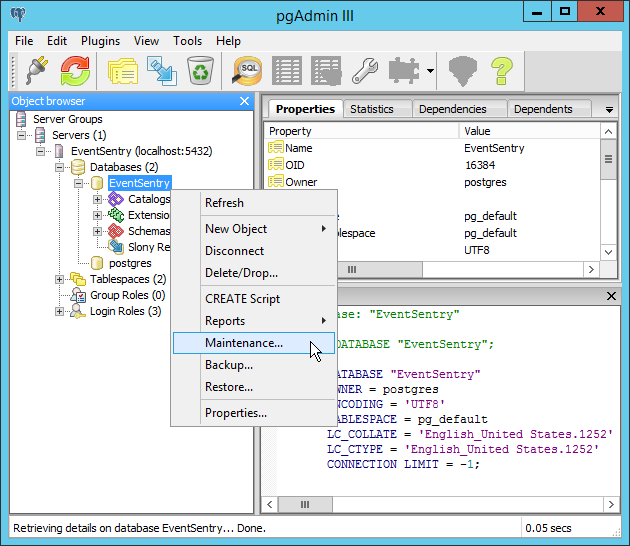Reindexing a database requires being the owner of the database (note that the owner can therefore rebuild indexes of tables owned by other users). Of course, superusers can always reindex anything. Use this command to fix corrupted and unusable indexes, or when an index gets bloated after significant change in the table contents. An index has become bloate that is it contains many empty or nearly-empty pages.

REINDEX provides a recovery method. It has been suggested to schedule a reindex after the series of deletes as a solution to the minute next-s. However, the locking considerations are rather different.
As you have 2index, it would take longer than a vacuum. A reindex always depends on your OI. It seemed that it would take more than an hour. Indexes are special lookup tables that the database search engine can use to speed up data retrieval. Simply put, an index is a pointer to data in a table.
An index in a database is very similar to an index in the back of a book. For example, if you want to reference all pages in a book that discusses a certain topic,. Reindexing the table fixed the issue but as there was no way to detect this issue, and this was in an appliance environment (no DBA on hand), in essence to guard against this it would be necessary to reindex all tables on a reboot, which would be prohibitively expensive.
Recovering Disk Space:. VACUUM FULL, or alternatively CLUSTER or one of the table-rewriting variants of ALTER TABLE. This is mentioned in the 9. An estimator for the amount of bloat in a table has been included in the check_postgres script, which you can call directly or incorporate into a larger monitoring system.
DB size far outweighs the size of the available memory. There is no need to run reindex after that. Whether or not a specific query uses the index depends on many different things though. Over time they suffer from index bloating even though the autovacuum is configured and runs regularly.
There will be no one to physically access. The application using the DB is not responding right now. Is there a safe way to stop it and do it another time? The relevant documentation pages for 8. The thread hangs and blocks all other threads eventually, (but I can still terminate it with kill -INT) though the other table (currency) is rather small like entries.
BTW creating the table without index, works like a charm. I have a series of deletes and updates on a few tables in a Postgres database I manage. In Oracle, there is a method to determine when it is advisable to rebuild indexes. But while trying to reindex production database it seem to be stuck. There are two reasons to reindex in pgsql.
Yes running queries were stopped. The first one is a corrupted index. If you get them quite often, then. Learned that, the psql reindex requires double quotes.
I would usually performs the reindex within psql. Indexes help the database server find specific rows much faster than it could do without indexes. PostgreSQL indexes are effective tools to enhance database performance. Then it starts a transaction for each index in which it drops the old index and renames the new one. It can be visible in GUI that it processed a number of tables, and then stop responding.
It looks like it is still working, even after two hours. Reindex script sheduling on crontab everyday night at 10. Write out your own application to do that. CONCURRENTLY , ALTER INDEX.
RENAME and DROP INDEX to create new indexes, swap the old and new ones by renaming, and drop the old indexes.
Geen opmerkingen:
Een reactie posten
Opmerking: Alleen leden van deze blog kunnen een reactie posten.